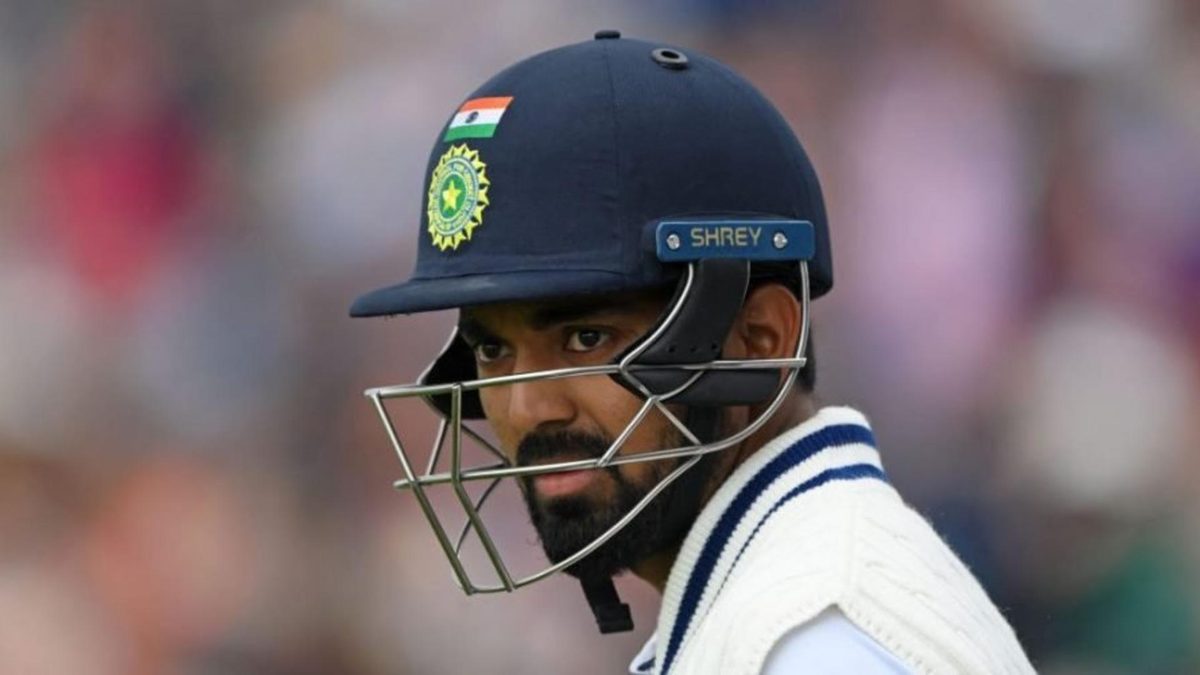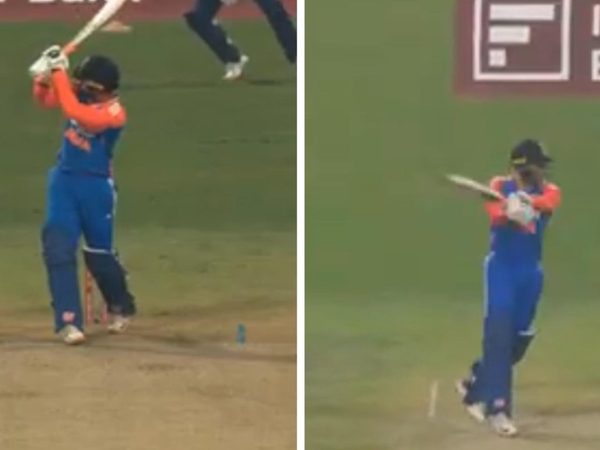
KL Rahul, India’s blue-eyed boy in white-ball cricket, has enjoyed a fine few months of Test redemption. With inputs from his two childhood coaches, Aadya Sharma traces the journey of a boy who was always madly in love with batting.
KL Rahul was always earmarked to achieve great things.
Around 18 years ago, an 11-year-old kid turned up at a coaching camp in Mangalore in south India, 18 kilometres from his house in Surathkal. “Sir, where do you practice?” he asked Samuel Jayaraj, the coach, before politely enquiring about the starting time. Jayaraj showed him the nets. “3-3.30pm, we start practice.”
“He was very short,” Jayaraj, now Rahul’s long-time coach, recalls. “Next day, at 2.30pm sharp, I found this boy there”.
Rahul, India’s white-ball megastar and now stand-in Test captain, has always been in love with batting. As a kid, he used to sleep with a bat next to his bed. As soon as he’d get up, he’d pick it up and hold it with his left hand to feel the right grip.
“He was always early for batting [in the nets],” Jayaraj recalls, “and would never come out. Even if he would say ‘last three’, it would be the last 30.”
During his formative years as a wicketkeeper-batter in Mangalore, where it rains for half the cricketing season, he grew up on a diet of quick bowlers, holding a wafer-thin line-up together. With no batter to support him, the coaches would ask him to bat from both ends, facing five balls and retaining the strike off the last delivery. He’d earnestly follow each command. When he got out early, Mangalore Zone’s would struggle to get to 100.
At 12, he scored back-to-back double hundreds for Karnataka under-13s. When he crossed 200 for the first time, Jayaraj knew he was on to something special. “I realised I have to work with this boy. There was something from inside telling me. I called up the other coach [P Devadas Nayak] and said ‘This boy has something’.”
Little by little, the two coaches crafted a disciplined batter who could hold an entire line-up together – the seeds of tons at the Centurion, Lord’s and Kingston were all planted long back.
“He’s very dedicated, always wanted to reach the next level,” Nayak says. “When he had reached 13-15, he was something different from others.”
“He was so obedient. Even today, his obedience and discipline are taking him far,” Jayaraj says.
***
For those who have seen Rahul’s resplendence against the white ball – cutting and driving fast bowlers in the blue kit and in the IPL – his Test credentials must have felt like a secondary column on his resume. Growing up though, red-ball cricket was Rahul’s one big goal. He was touted to be the next Rahul Dravid, arguably Karnataka’s biggest modern-day superstar, similar in technique and temperament as much as in the name. During his age-group days, he created waves with his ability to stick on, absorb pressure and score massive hundreds. The same Rahul grew up to open on his Ranji debut at 18 and score his first Test hundred at 22.
“The media compared him to Rahul Dravid, for the name and technique,” Nayak says. “We always wanted him to replace Rahul Dravid. If not opening, [then] where Rahul was coming at No.3 for India for Test matches.”
“I’d be very frank,” Jayaraj says. “We didn’t work anything on his white-ball game. As it went on, he had to develop, he learnt it very, very fast. That’s why, when he started focusing more on white-ball cricket to improve it, he lost his red-ball touch. But now, he has got both in his armour.”
From August 2019 to August 2021, KL Rahul was on the sidelines of India’s Test team. At the same time, he was shuffling between roles in the one-day side. Since the start of 2019, he has played in every position from one to six in ODIs.
“We groomed him as an opener,” Jayaraj says. “We always said, you will be an opener. It was difficult. When the Indian team wanted him to play in the middle order, I said ‘There shouldn’t be any order, you should not stick to any particular number. You have to go and play’. As his childhood coach, I felt he was a little disturbed when he was not having a permanent batting position. But he slowly adjusted to it.”
While out of the Test team, he worked closely with Jayaraj, travelling back in time and revisiting his basics. “There was a big mental change. He started listening more.”
“Before the England series, we had a conversation. I said ‘Do you remember the three hundreds you scored for U15s?’ He just said one thing – ‘That means I have to play close to the body. That is all, sir’. That is all. He understood.
“The mind was mature. As a person he is mature. At the age of 24-27, it is the mind that has to play. Not much in the technique. That is the area where he has become stronger.”
And, like he always has, he made it a point to observe and pick things from great batters around him, specifically AB de Villiers, Kane Williamson and Virat Kohli. “From each and every team, he picked up the key points from each batter. And he started discussing ‘If he’s doing it that way, can I do it? Will it suit me? There’s nothing wrong in trying.'”
In 2020, KL Rahul admitted that he had nightmares during the Covid-19 imposed lockdown, worried that he’d lose all understanding of line, length and speed. Like all athletes who were trained for years and then suddenly grounded, Jayaraj admitted that the “first few months were difficult” for Rahul. But it also gave them the time to work on a supremely vital aspect of batting – the mind.
“The mind stability and psychology were improved. We started working on the mind. Putting things in the right place.”
When he got back to batting, Rahul began with a clean slate. The coach-pupil duo covered everything – from playing swing to tackling slow bowlers. Along the way, Jayaraj observed that in the widespread obsession to face fast bowling, speed had become such an essence that batters weren’t preparing how to handle relatively slower balls.
“When the sidearm came, everybody wanted to bowl fast – play 150-155 [kph],” Jayaraj says. “Nobody prepared for the 130 [kph] ball, 125 [kph] ball. You are all prepared for the quicker balls. You have to be prepared for the slower balls also.”
The hard work has paid off, and how. Since his return to Tests, Rahul has batted like a dream, scoring hundreds in England and South Africa. “For me, he batted in England, just like an U15 boy, more disciplined innings,” Jayaraj says “Even in South Africa, he batted like that.”
Graduated to vice-captain, he received the ultimate honour in Johannesburg when he stood in for regular captain Virat Kohli. The coaches can’t be more proud, and are confident that the journey from here on will be a beautiful one.
“He’s got a good head on his shoulders,” Jayaraj says. “From 2003, until the 2010 U19 World Cup, he always led Mangalore Zone. We always saw that quality in him. [As captain] – he will not take any pressure. He will handle it well. Any job given to him, till today, he does it very well, very professionally. I’m confident, because he’s coming from a family of professors – both father and mother.
“Whether he scores a zero or a hundred, he wants to bat. Even today,” Jayaraj says, “he might be sleeping with a bat under his pillow.”








